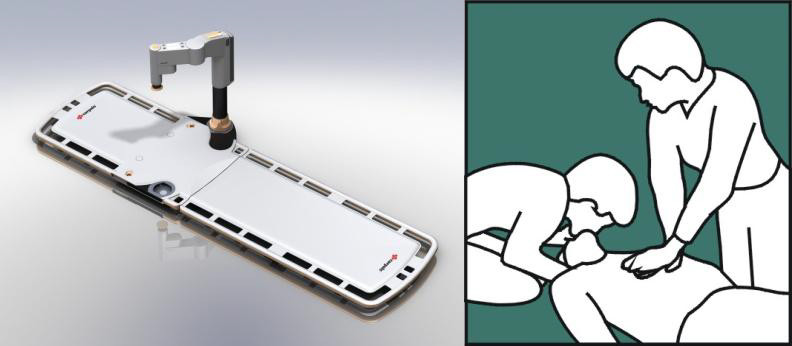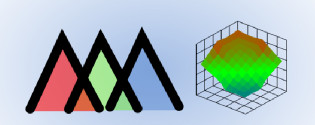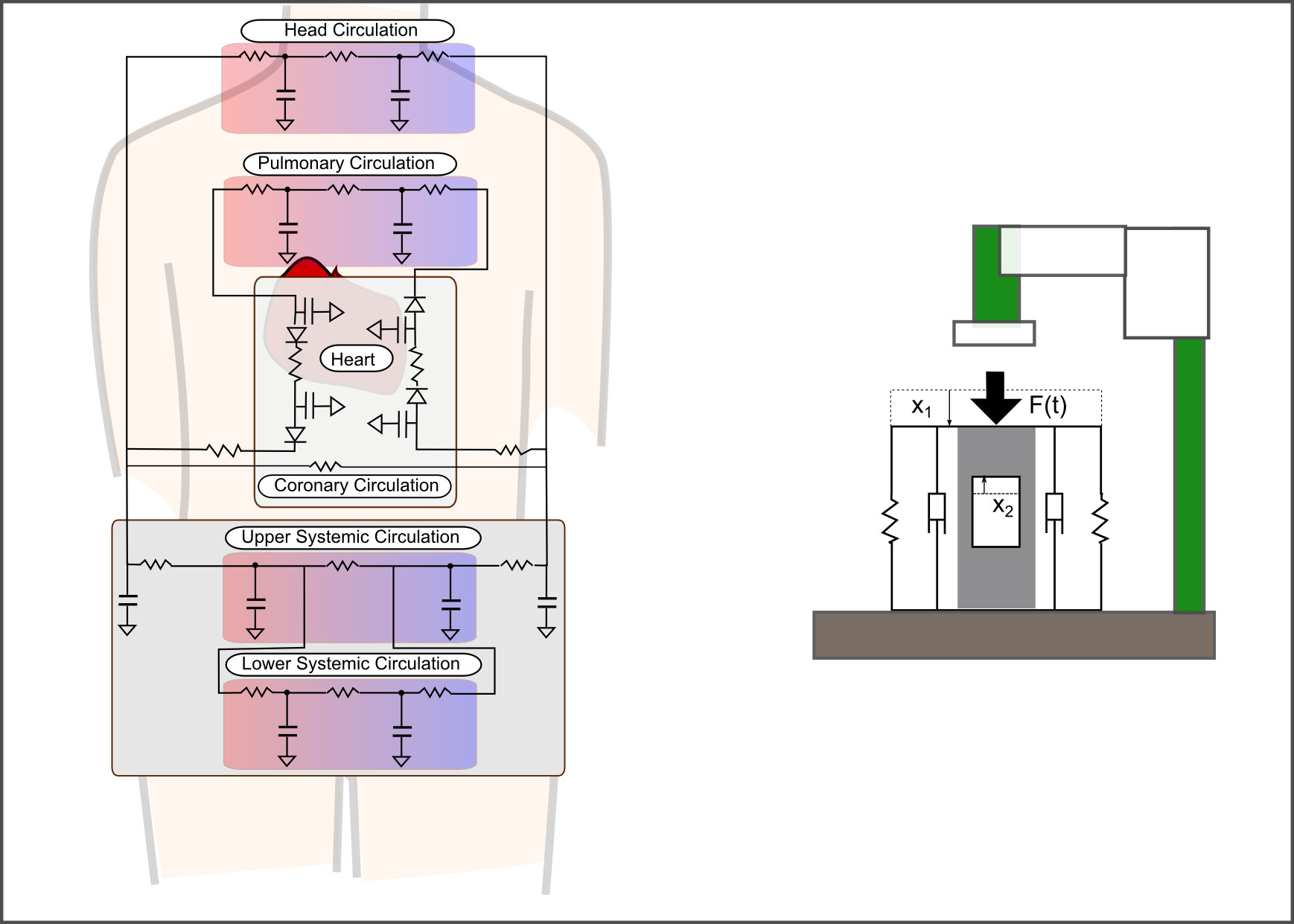Description
In Germany up to 200,000 people die as a consequence of sudden cardiac death.
In an effort of saving a person from cardiac arrest manual chest compressions are applied, which require a high level of physical effort and leads to
fatigue even to trained personnel, hence decreasing the reanimation quality.
Existing electro-mechanical resuscitation devices (ERD) for cardiopulmonary resuscitation (CPR) must be constantly monitored by the staff and
have different deficiencies.
The aim of this project is to automate the MRD and allow the real-time monitoring of vital signals.
Through intelligent control systems the depth and pressure relief and compression rate should be automatically adjusted to assure good cerebral perfusion.
In the hectic emergency situation this system should help paramedics to focus on the transportation of the patient while the system automatically adjust different parameters.
Electromechanical resuscitation assistant device
The ERD si composed of a mechanic arm with a motor that is capable of generating compressions on the chest.
Control Description
For the creation of the controller fuzzy logic is considered as a first approach to introduce the expert-knowledge. This is then extended into a smart, self-learning and adaptive system.
The control architecture consists on sensors capable of reading the patient's vital parameters, this information is used as input for a controller(1) in charge of activating the motor.
An additional controller (2) uses the vital parameters to make changes to the compression movement such as depth, form and frequency to generate proper perfusion.
Signal Processing
Due to the mechanical movement of the motor and the transportation of the patient the signals acquired by the sensors contain artifacts and noise, giving unreliable values for the
acquired vital parameters. To overcome this different algorithms are implemented to eliminate the noise and obtain the correct vital parameters.
Mathematical Modeling
The ERD is capable of generating different types of movements, as seen in the following figure. For each movements the depth of the compression (d) and the time between
points can be changed t
1-4 changing also conpression frequency. The type of compression movements will directly affect the amount of perfusion that is given
to the body.
To study the different types of compressions movements that can be generated a mathematical model of the cardiovascular system and of the ERD is generated,
allowing intensive siumations of the system.
People
Partners
German Heart Center Munich
Corpuls


